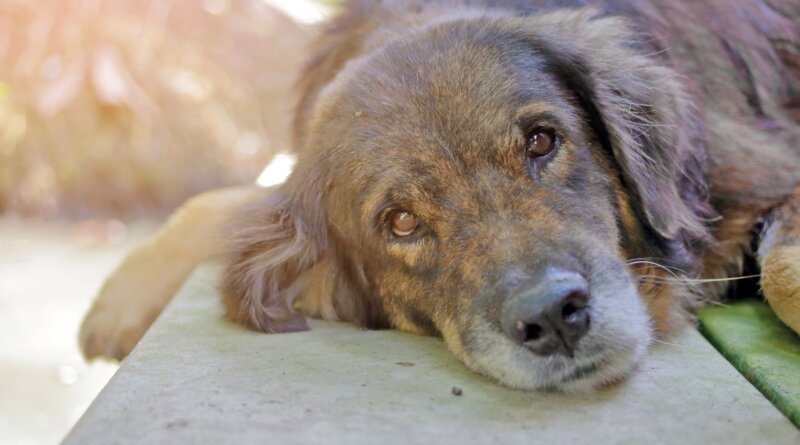What is Ataxia in Dogs?
If your dog is simply weak or in pain, he may show signs of a wobbly gait, but that is not enough to diagnose ataxia. True ataxia is a neurological lack of balance and coordination. It’s a sensory ailment. If the vestibular system is affected (common in older dogs), your dog may circle and have a head tilt. He may have nystagmus (a funky rapid moment of the eyes). He will often be nauseous and not want to eat.
Vestibular Ataxia
The most common cause of ataxia in dogs is old-dog vestibular syndrome. Your senior dog wakes up and can’t get up. You help him up, and he circles, with his head tilted. His limbs feel strong, but they don’t seem to be “listening” to your dog. Fortunately, vestibular ataxia is usually a transient problem. With supportive care, including medications for nausea, most of these dogs will recover to close to 100% of normal. It can take days to weeks, however.
Proprioceptive Ataxia
In proprioceptive ataxia, which involves the spinal column, your dog will seem to have lost body awareness. For example, he does not know seem to know where his feet are. Ataxia symptoms include:
- Dragging his feet
- Leaving a flipped-over paw in that position
- Standing with his legs far apart
Cerebellar Ataxia
With brain involvement (cerebellar), dogs will show similar clinical signs as proprioceptive ataxia, but your dog may walk with exaggerated “goose steps” or hypermetria. He may also have head tremors.
Other possible causes for ataxia include disc disease along the spinal column or cancer in the brain or along the spine. Although less common, infections, both bacterial and viral, and genetic abnormalities can cause ataxia.
What You Should Do
If your dog is ataxic, a veterinary visit should be scheduled immediately. Even with vestibular ataxia, which usually resolves on its own, medications will help with nausea. Your veterinarian will look for pain or weakness and do a full neurologic exam.
Anti-inflammatory medications such as corticosteroids or drugs for neurologic pain such as gabapentin may help. Surgery may be needed if your dog does not respond to medical therapy.





